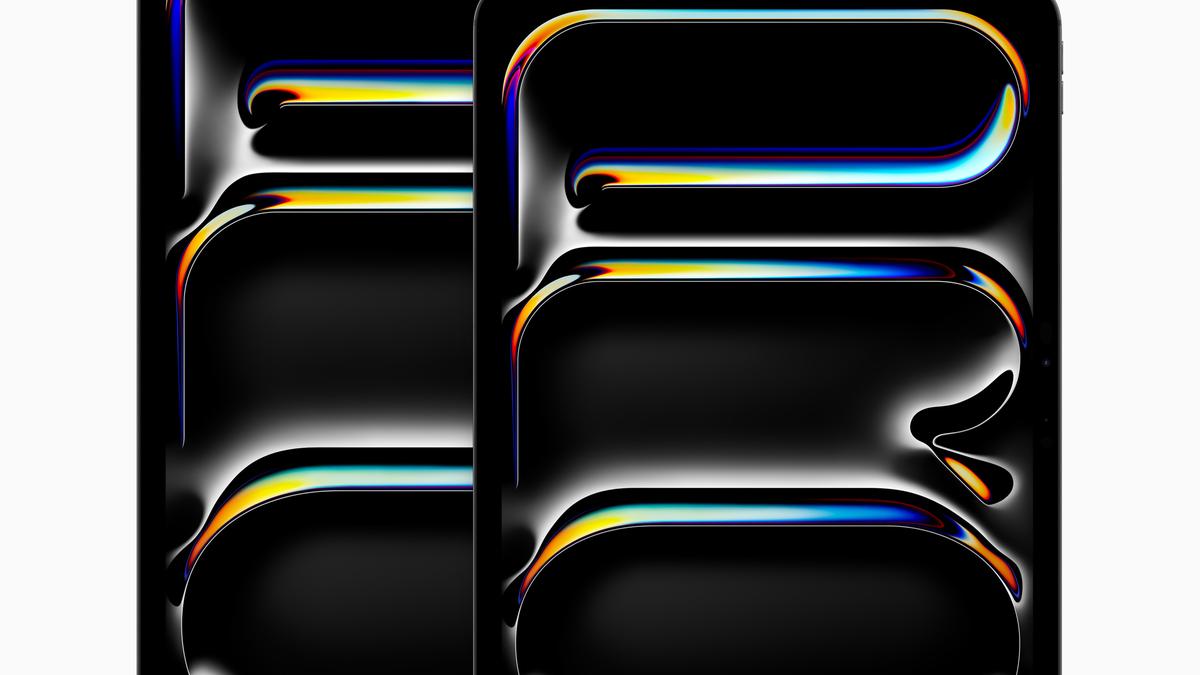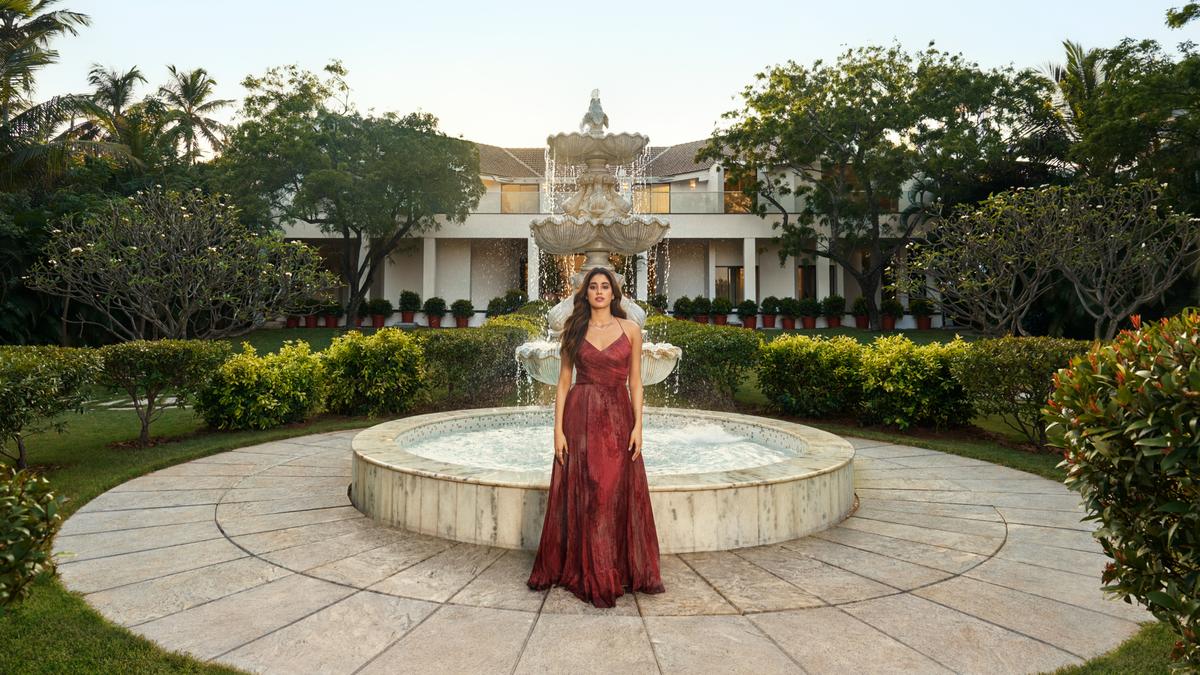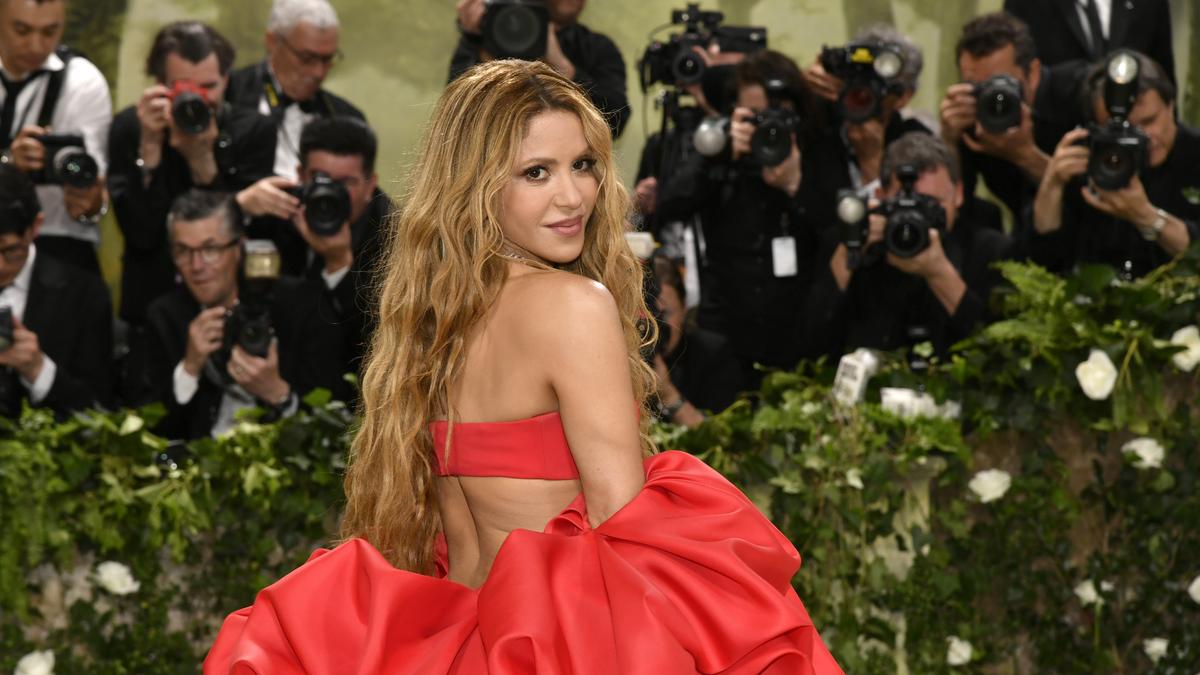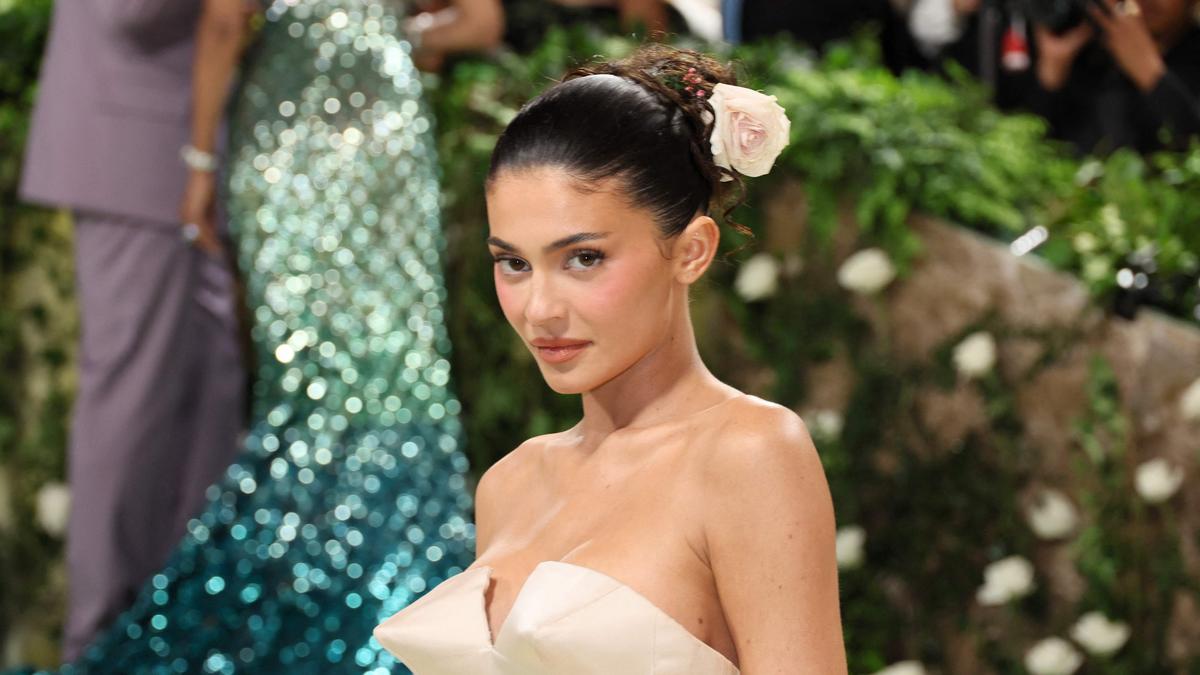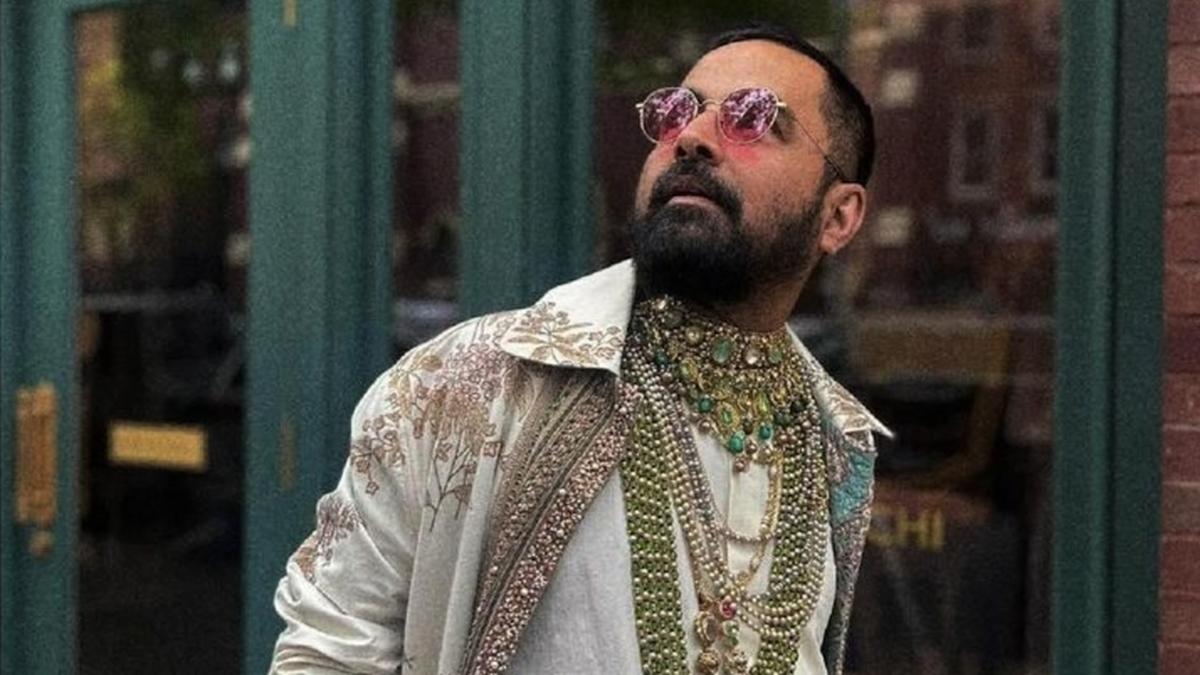
From bishop and puffed to ruffled and embroidered, sleeve mania is here. Flaunt them and make a statement
When Rimple and Harpreet Narula, the costume designers of Sanjay Leela Bhansali’s forthcoming period-drama series Heeramandi: The Diamond Bazaar, began the moodboard for the actors essaying the role of courtesans in colonial India, they were sure of one thing: long sleeves “with strong, powerful embroidery”.
“These were not sex workers. These were high-stature women, very refined, dignified and in control of their lives,” says Rimple, one half of the designer label Rimple & Harpreet, referring to the protagonists of the Netflix series that releases in May. “And sleeves talk; they bring not just the garment, but the body also alive.”
That’s something the two designers became convinced of while visiting museums across India, as part of their research. “We were at the Calico Museum (of Textiles and The Sarabhai Foundation Collections in Ahmedabad, Gujarat) about two-three years ago and noticed how the sleeves of cholis (blouses) had symbols of the sun, moon, flags,” recalls Rimple. “All revealed a person’s lineage, their story, the time they belonged to.”
So, they designed sleeves that tell the story of the early 1900s, when handmade zardozi and hand-cut metal sequins were used on fabrics like chanderi, mulmul and Indian velvet to draw peacocks, birds and trees “because that’s what the women saw through their small palace windows”.
Historically, sleeves are not just about covering a part of the body from heat, cold or wind. They have been that striking element of a garment where fashion, functionality and culture meet, resulting in a variety of shapes and sizes.
Raglan sleeves, for instance, which feature a continuous piece of fabric running from the collar to the underarm, came into being around the 19th century, when a tailor designed them for a British military officer with an amputated arm. Embroidered sleeves worked as a canvas in parts of India to showcase the wearer’s identity as well as the craft forms practised in their region.
Today, sleeve mania has taken over the fashion world. From high-end brands to fast-fashion labels, almost everyone is offering their take on sleeves, be it bishop, floor-sweeping, puffed, ruffled or embroidered.
Schiaparelli, for instance, experimented with sculptural versions at its Paris fashion week showcases, both in 2023 and 2024. Back home, Inca flirted with shibori-stained bat sleeves at the Mumbai fashion week in March.

From the Schiaparelli Haute Couture Fall/Winter 2023-2024 fashion collection in Paris last year
(AP)
Away from high fashion, you will be spoilt for choice at retailers like Zara, H&M or Westside—there’s a puffed sleeve in case you desire a vintage look, a ruffled version for a flirty vibe, even a sequin-studded cap sleeve for a party look. Want to bring movement to your outfit? Try adding tassels and pearls to your sleeves. The humble sleeve has the power to turn even the simplest of outfits into a statement piece.
“Sleeves are like completing a square,” says Shweta Kapur, founder of ready-to-wear label 431-88, that often experiments with sleeves. “Take a plain white shirt and add an embroidered cuff to bishop sleeves, and you instantly have drama in the outfit. I often notice that when people wear dramatic sleeves, they talk more by moving their hands. In a way then, sleeves become a source of confidence, even empowerment.”

Liquid Annie Sari by Shweta Kapur’s 431-88
Kapur’s belief is not a stretch, considering that the first thing a person notices after the face and the neck are the arms or hands, more so in the world of video calls. As a designer, Kapur says, sleeves offer ample scope to experiment. “How do you cut sleeves so you have structure as well as movement? That’s the fun and challenging part,” she says. “You can use fabric waste and do pattern manipulation. It’s really a playground for creativity.”
The long and short of it
Given that sleeves can make or break a garment, it’s surprising that there isn’t much India-specific information available on the evolution of what, designer Neeta Lulla calls, “one of the pillars of a piece of clothing”.
In her career of 40 years, Lulla has worked as a costume designer for about 400 films, from Lamhe (1991) to Devdas (2002) and Thalaivii (2021). Sleeves are what “haldi (turmeric) and dhaniya (coriander)” are to food, she says.
“When it comes to the evolution of sleeves in India, much of the influence has come from the West,” says Lulla. “Traditionally, we mostly had slim sleeves with motifs and symbols.”
Why is sleeve mania in vogue? “Fashion moves in a cyclical way so we are seeing all kinds of sleeves right now,” replies Lulla. “But you can’t forget their functional aspect.”
In fashion, nothing is ever just fashion. Each aspect of a garment serves a purpose. In many versions of the abaya, for example, the sleeves are comfortably bell shaped so the outfit becomes more airy. “Traditionally, European clothes had a strong presence of heavy cuffs and power shoulders to provide protection from the weather,” Rimple offers another example.
During the 1500s and 1600s, puff sleeves became famous because of their “cosmetic” use. “The Elizabethan and Victorian eras saw the emergence of puff sleeves. Women would wear corsets to get tiny waists, and when big sleeves were added, they made the person look even smaller and achieve that perfect hourglass shape. Then you had the Edwardian sleeves that were romantic with ruffles and lace,” explains Lulla.
She explains how she used three-quarter, puff sleeves in the romance-drama Lamhe to give Sridevi’s character Pallavi a soft, feminine and youthful look. “This (the Renaissance period) was the time when women’s fashion, especially sleeves, was at the forefront.”
The same puff sleeves became a trend in 1950s India when the country’s cinema was taking shape, hence influencing popular culture.
“India had recently gained independence from Britain and the presence of Edwardian sleeves was everywhere, especially in Kolkata (since it had been one of the leading cities in British times),” says Lulla, who has been studying sleeves for decades.
From balloon sleeves, India moved to a tight, slim version to create a “bottom heavy body structure (for female actors). We were still not wearing a lot of sleeveless in the 1960s,” explains Lulla.
By the 1970s, the country saw the emergence of boho-chic bell sleeves, inspired by the Swinging 1960s. Western trends arrived a little later in India owing to the limited spread of television. The following decades welcomed tulip sleeves (where two sections overlap in the middle to resemble the flower), cap sleeves and the wing-like Magyar sleeves.
“By the 1990s, India was wearing all kinds of sleeves, which pointed towards how our country was opening up to the world, and how globalisation was changing us,” she explains.
“Today, there are so many styles in the market that it’s difficult to keep track, again an example of how far we have come as an (fashion) industry and country.”
Perhaps the biggest draw of the sleeve is the effect it has on the person flaunting it. “It’s a way to show self-importance,” says Rimple. “And demand attention.”
Source | Powered by Yes Mom Hosting

